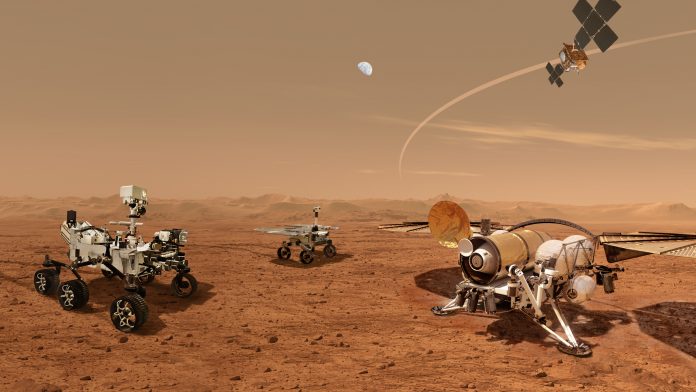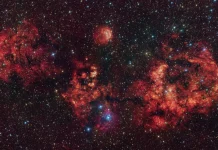The NASA rover perseverance found evidence of ancient lake and river systems on Mars, a water system that was working 3.8 or 3.6 billion years ago
The lake and river systems, thought to drain into the Jezero crater, were probably functional 3.8 billion or 3.6 billion years ago. In theory, Mars was a habitable planet back then.
Sample analysis will pinpoint the exact date
Perseverance and the Mars 2020 mission are looking for signs of ancient life on Mars and preparing a returnable cache of samples for later analyses on Earth.
Katie Stack Morgan, Mars 2020 Deputy Project Scientist and a research scientist at NASA’s Jet Propulsion Laboratory (JPL), said: “The idea that this could be a volcanic rock was really appealing to us from a sample return perspective because igneous rocks are great for getting accurate age dates. Jezero was one of the few ancient crater lake sites on Mars that seemed to have both incredible sedimentary deposits as well as volcanic deposits that could help us construct the geologic time scale of Mars.”
When the rover returns rock samples to Earth, scientists will be able to pinpoint exactly when Mars could have been a good holiday destination with lakes and rivers of its own.
Good conditions for “ancient martian microbes”
The abrasion tool on the rover scratches the top surface of rock to look at textures. Through such textures, the history of the planet is written. The team discovered that the crater floor seems to be composed of coarser-grained igneous minerals, with a variety of salts in the rocks. This means that water could have been responsible for changing the rocks.
Morgan further said: “The rocks of the crater floor were not originally envisioned as the prime astrobiology target of the mission, but Mars always surprises us when we look up close. We are excited to find that even these rocks have experienced sustained interaction with water and could have been habitable for ancient martian microbes.”











